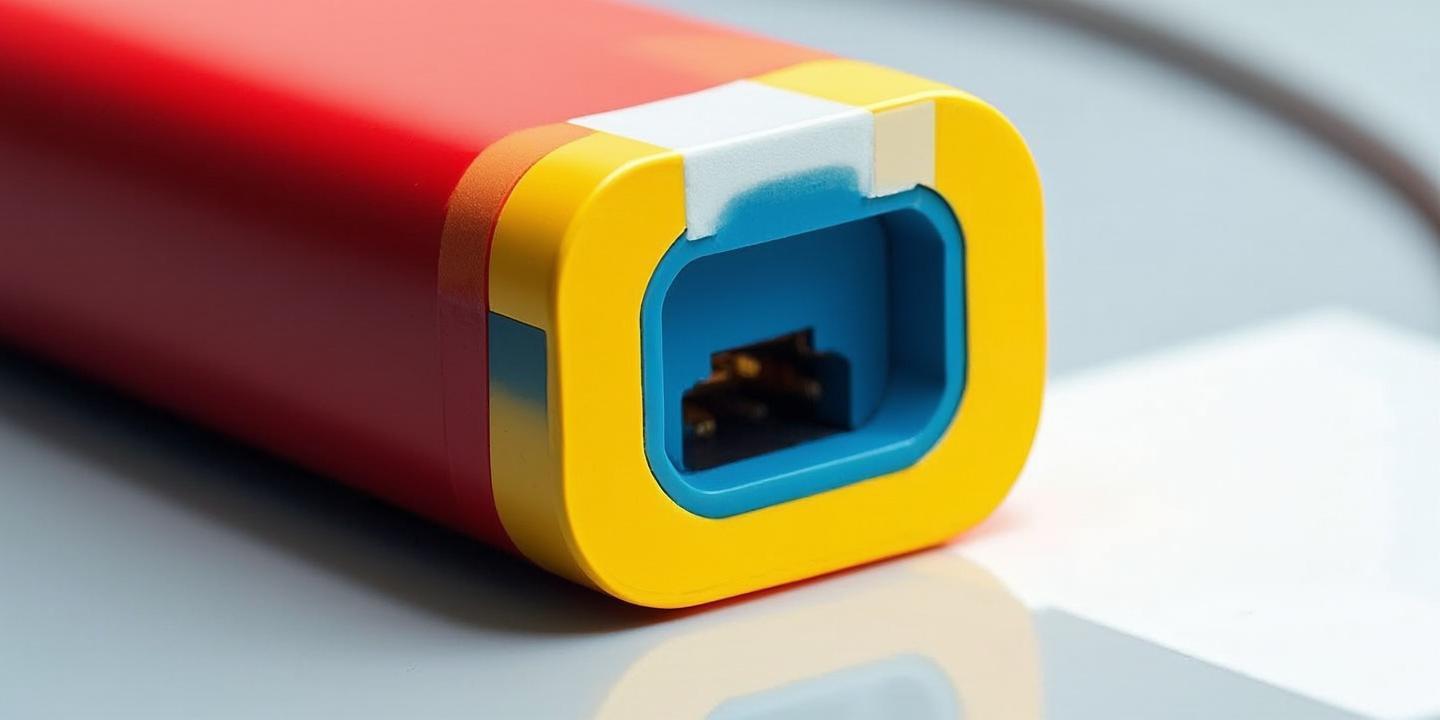
在学习英语的过程中,量词的使用常常让人感到困惑,尤其是”many”和”a few”这两个看似简单却容易混淆的词汇。它们都用于表示数量,但具体的用法和语境却大不相同。理解它们的区别不仅有助于提升英语表达的准确性,还能帮助我们在翻译时更好地传达原文的含义。本文将通过10个具体的对比与翻译练习,深入探讨”many”与”a few”的区别,帮助读者掌握它们的正确用法。
1. 基本定义与用法的区别
“Many” 用于表示“大量的”或“许多的”,通常用于可数名词的复数形式,强调数量较多。例如:
- There are many books on the shelf.(书架上有许多书。)
“A few” 则表示“一些”或“几个”,同样用于可数名词的复数形式,但数量相对较少,通常带有积极或中性的语气。例如:
- I have a few friends in this city.(我在这座城市有几个朋友。)
翻译练习:
- 原文:There are many students in the classroom.
- 翻译:教室里有许多学生。
- 原文:Only a few people attended the meeting.
- 翻译:只有几个人参加了会议。
2. 强调数量多与少
“Many” 强调数量多,常用于描述明显超出预期的数量。例如:
- Many people enjoy traveling.(许多人喜欢旅行。)
“A few” 强调数量少,但并非完全没有,通常带有一种“虽然少但足够”的意味。例如:
- A few students passed the exam.(有几个学生通过了考试。)
翻译练习:
- 原文:Many countries have implemented new policies.
- 翻译:许多国家已经实施了新政策。
- 原文:A few books on the topic are worth reading.
- 翻译:有几本关于这个话题的书值得一读。
3. 肯定与否定语境中的使用
“Many” 在肯定和否定语境中都可以使用,但在否定句中更常见。例如:
- I don’t have many friends.(我没有很多朋友。)
“A few” 通常用于肯定句,表示“虽然少但存在”。例如:
- I have a few suggestions for improvement.(我有一些改进建议。)
翻译练习:
- 原文:Not many people know the truth.
- 翻译:没有多少人知道真相。
- 原文:She has a few ideas for the project.
- 翻译:她对项目有一些想法。
4. 与不可数名词的搭配
“Many” 只能与可数名词搭配,而不可数名词则需要使用”much”。例如:
- There isn’t much water in the bottle.(瓶子里没有多少水。)
“A few” 同样只能与可数名词搭配,不可数名词则使用”a little”。例如:
- I need a little help with this task.(我需要一点帮助来完成这项任务。)
翻译练习:
- 原文:Many students are interested in the course.
- 翻译:许多学生对这门课程感兴趣。
- 原文:A few cookies are left in the jar.
- 翻译:罐子里剩下几块饼干。
5. 与比较级和最高级的搭配
“Many” 可以用于比较级和最高级结构中,表示数量上的比较。例如:
- She has many more books than I do.(她的书比我的多得多。)
“A few” 通常不用于比较级或最高级,但可以与”more”搭配,表示“更多一些”。例如:
- I need a few more minutes to finish.(我需要再多几分钟来完成。)
翻译练习:
- 原文:Many more people are using public transportation now.
- 翻译:现在有更多的人在使用公共交通。
- 原文:Can you wait a few more seconds?
- 翻译:你能再等几秒钟吗?
6. 与疑问句的搭配
“Many” 常用于疑问句中,询问数量是否多。例如:
- How many people are coming to the party?(有多少人会来参加派对?)
“A few” 在疑问句中较少使用,但可以用于确认数量是否足够。例如:
- Do you have a few minutes to talk?(你有几分钟时间聊聊吗?)
翻译练习:
- 原文:How many languages can you speak?
- 翻译:你会说多少种语言?
- 原文:Do you have a few ideas to share?
- 翻译:你有几个想法可以分享吗?
7. 与固定短语的搭配
“Many” 常用于一些固定短语中,例如”many a time”(许多次)或”many thanks”(非常感谢)。例如:
- I’ve been here many a time.(我来过这里许多次。)
“A few” 也常用于固定短语,例如”quite a few”(相当多)或”just a few”(只有几个)。例如:
- There are quite a few mistakes in your essay.(你的文章中有不少错误。)
翻译练习:
- 原文:Many thanks for your help.
- 翻译:非常感谢你的帮助。
- 原文:Just a few people know the secret.
- 翻译:只有几个人知道这个秘密。
8. 与时间表达的结合
“Many” 可以与时间表达结合,表示“许多次”或“很长时间”。例如:
- I’ve been to Paris many times.(我去过巴黎许多次。)
“A few” 则表示“几次”或“一段时间”。例如:
- I’ll be back in a few minutes.(我几分钟后回来。)
翻译练习:
- 原文:Many years have passed since we last met.
- 翻译:自从我们上次见面,已经过去了许多年。
- 原文:Can you wait for a few hours?
- 翻译:你能等几个小时吗?
9. 与情感和语气的关联
“Many” 通常带有中性或客观的语气,强调数量本身。例如:
- Many people believe in the power of positive thinking.(许多人相信积极思考的力量。)
“A few” 则可能带有积极或安慰的语气,表示“虽然少但足够”。例如:
- A few kind words can make a big difference.(几句善意的话可以产生很大的影响。)
翻译练习:
- 原文:Many challenges lie ahead.
- 翻译:前方有许多挑战。
- 原文:A few kind gestures can brighten someone’s day.
- 翻译:几个善意的举动可以让某人的一天变得明亮。
10. 在翻译中的灵活运用
在翻译时,“many” 和 “a few” 的具体表达需要根据上下文灵活处理。例如:
- 原文:Many people are unaware of the risks.
- 翻译:许多人没有意识到这些风险。
- 原文:A few steps can lead to significant changes.
- 翻译:几个步骤可以带来显著的变化。
翻译练习:
- 原文:Many opportunities are available for graduates.
- 翻译:毕业生有许多机会可供选择。
- 原文:A few adjustments can improve the performance.
- 翻译:一些调整可以提高性能。
猜你喜欢:p的大写
